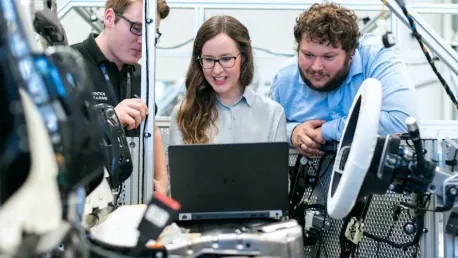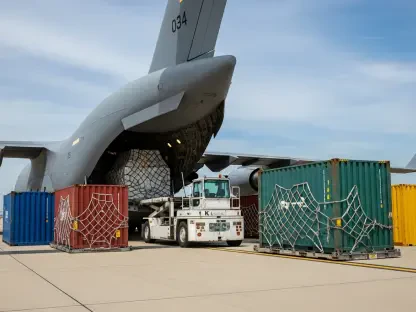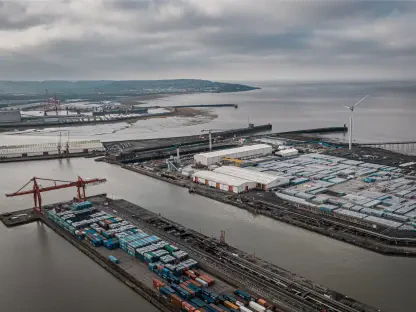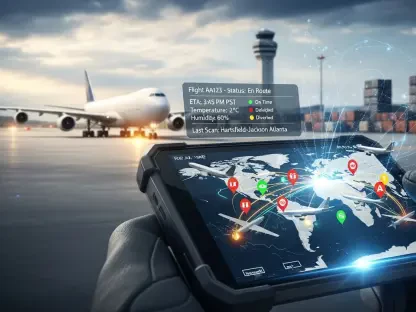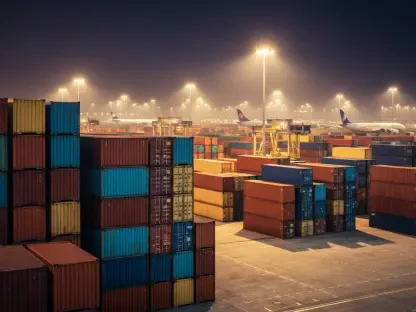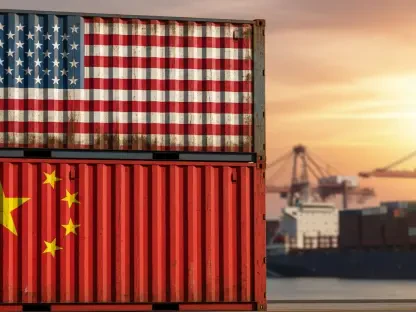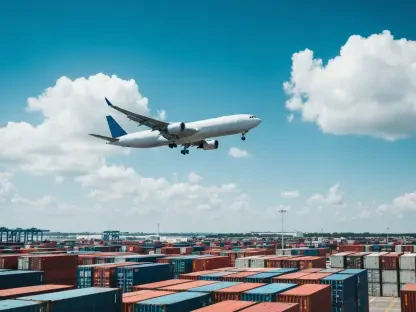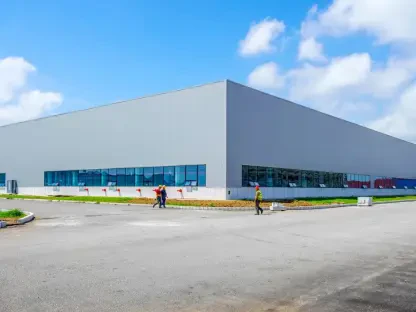The analysis at hand explores the rapidly evolving landscape of intralogistics automation, specifically focusing on the technology and market trends within this domain. At its core, intralogistics refers to the automation of the planning, installation, execution, and control of internal material flows within industrial and logistics environments. Autonomous mobile robots (AMRs) serve as a crucial technological advancement in this realm, promising substantial improvements in efficiency, cost-savings, and operational reliability. Historically, the adoption of intralogistics automation has been sluggish, yet we are on the brink of significant transformation. The projections from the research firm Fact.MR underscore the impending growth, anticipating the global market for automated intralogistics material handling solutions to reach $39.56 billion by 2024 and surge to $126.2 billion by 2034, with even these estimates potentially proving conservative.
The Pattern of Technological Adoption
A familiar pattern characterizes the adoption of transformative technologies: a slow initiation followed by an exponential surge. The crux of successful investment lies in discerning this shift ahead of its acceleration, enabling strategic positioning before heightened demand inflates the value of automation equipment manufacturers. The most recent Gartner hype cycle for mobile robots and drones signals a swift uptick in market adoption, predicting that numerous mobile robotics technologies for supply chains will mature within the next two to five years. This maturation points towards an imminent tipping point for the intralogistics automation market, indicating a period of exponential growth is on the horizon. Cognitive biases often obscure our recognition of inflection points, with a linear mode of thinking hindering our grasp of exponential growth patterns, especially in their nascent stages. This is further compounded by an overreliance on pilot programs, which tend to obfuscate early progress, and market fragmentation, which fosters uncertainty regarding which solutions will prevail. Nevertheless, historical precedent provides valuable insight.
Historical Precedents of Technological Breakthroughs
Consider the initial adoption of personal computers, which was initially met with skepticism, as exemplified by Ken Olsen’s infamous quote in 1977 dismissing the necessity of home computers. Yet, by 1999, personal computer usage in the U.S. had skyrocketed from 200,000 units in 1981 to 200 million. Similarly, the advent of the World Wide Web in 1989 by Tim Berners-Lee met with early dismissal, such as Newsweek’s 1995 article minimizing its potential. Nonetheless, by the early 2000s, the internet had become an indispensable utility, with global users soaring from 16 million in 1995 to over 1 billion by 2005. Additionally, McKinsey & Co.’s 1981 prediction that the U.S. would have fewer than 1 million mobile phone users by 2000 was vastly off the mark, with 109 million subscribers embracing the technology by 2000. The last 15 years have further showcased the rapid adoption and profound impact of smartphones. These examples elucidate how breakthrough technologies often experience a belated recognition of their transformative potential, leading to rapid and widespread adoption.
Indicators of a Tipping Point in Intralogistics Automation
Turning our focus back to intralogistics automation, we observe several indicators suggesting the approach of a critical tipping point. In developed nations, an aging population exacerbates the challenge of maintaining an adequate logistics and manufacturing workforce. The European Logistics Association foresees a potential shortage exceeding 400,000 workers across Europe by 2025. Against this backdrop, automation presents a versatile and capable remedy. The decreasing costs of components such as semiconductors, internet-of-things (IoT) devices, and control systems complemented by significant reductions in lithium-ion battery prices from approximately $1,200 per kWh in 2010 to under $150 per kWh in 2020, make automation even more accessible.
Moreover, the extensive testing and piloting of intralogistics automation solutions in recent years have set the stage for more extensive and rapid adoption. Gartner affirms that industrial automation solutions, including intralogistics technologies, have achieved a sweet spot wherein technology capabilities and expectations align. Reduced costs and enhanced capabilities render these solutions like AMRs and drones for stocktaking broader in their economic viability, offering clearer returns on investment for businesses.
Market Conditions and Investment Opportunities
Consider the initial skepticism surrounding personal computers, exemplified by Ken Olsen’s infamous 1977 quote dismissing their necessity in homes. However, from a mere 200,000 units in 1981, personal computer usage in the U.S. exploded to 200 million by 1999. Similarly, Tim Berners-Lee’s creation of the World Wide Web in 1989 faced early doubts, like Newsweek’s 1995 article downplaying its future impact. Despite these doubts, the internet became essential, with global users increasing from 16 million in 1995 to over 1 billion by 2005. Furthermore, McKinsey & Co.’s 1981 prediction that there would be fewer than 1 million U.S. mobile phone users by 2000 was wildly inaccurate; by 2000, there were 109 million subscribers. The past 15 years have also highlighted the rapid adoption and profound influence of smartphones. These examples underline how groundbreaking technologies often face delayed recognition of their transformative potential, leading to their rapid and widespread adoption once the value becomes evident.
